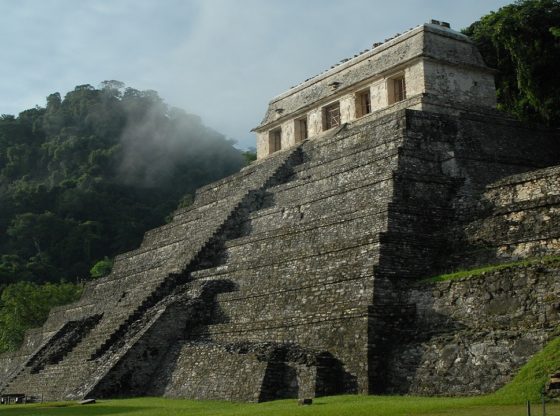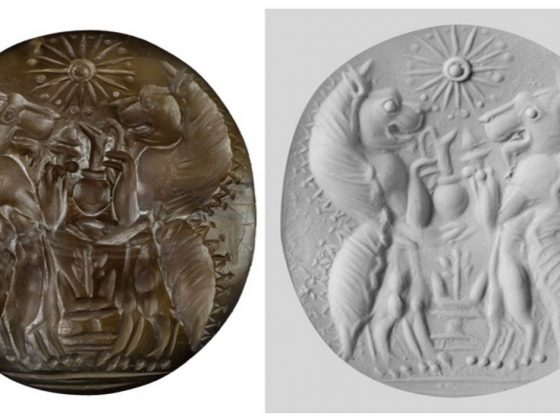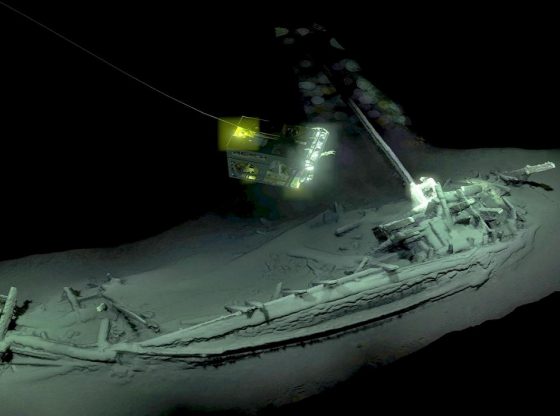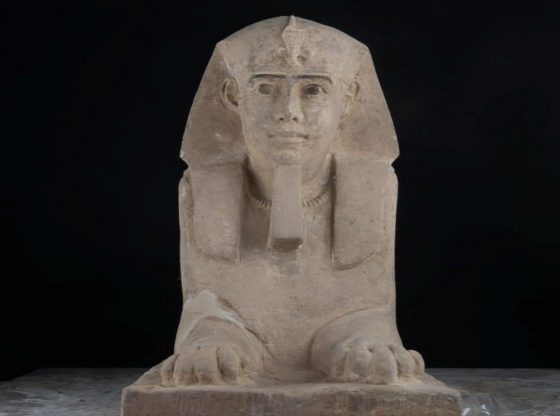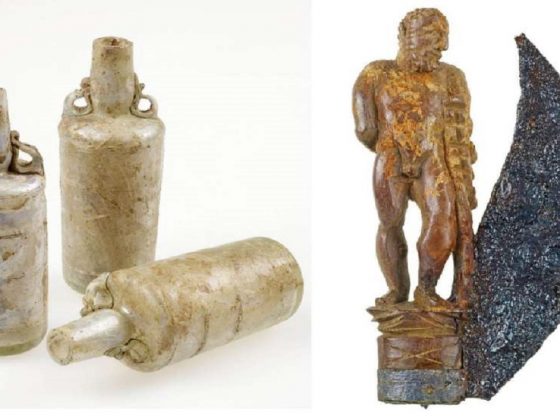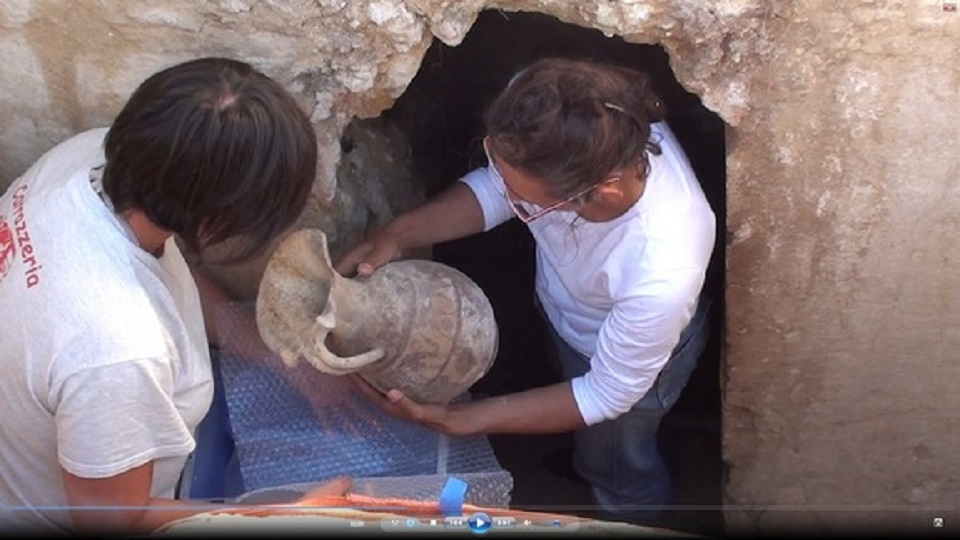
Recently archaeologists announced that they had made the spectacular discovery of an ancient completely sealed tomb in Tuscany, northern Italy.
The tomb held what looked like the body of an Etruscan warrior with a spear buried alongside him. It was therefore reported that the discovery has been made of a 2, 600-year-old warrior prince. It later turned out to be completely wrong, the warrior prince was actually a warrior princess.
The tomb dates back to the Etruscan time, a civilization that predates the ancient Romans and from which is believed much of early Roman society derived from. The Romans called them the “Tusci” or “Etrusci”, the ancient Greeks “Τυρρηνοὶ”, and they called themselves Rasenna.
The archaeologists made the startling discovery in Tarquinia when they found a vaulted burial chamber hidden behind a rock, with objects dating back to the ancient relatively unknown Etruscan civilization.
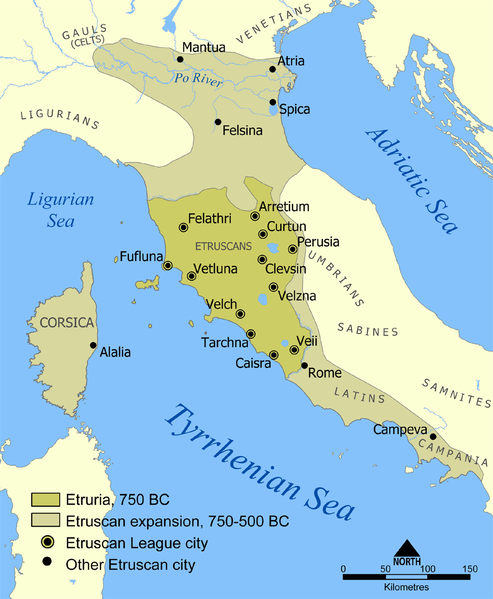
The chamber contained not only the 2,600-year-old skeleton, but also a wide variety of grave goods, and the ashes of another human.
Analysis of the bones reveals that the dead person was a 35 to 40-year-old woman. And judging by the overall splendor of the tomb, she was probably from upper society. The ash derived from a man, and the grave therefore possibly belongs to a married aristocratic couple.
“It’s a unique discovery as it is extremely rare to find an inviolate Etruscan tomb of an upper-class individual. It opens up huge study opportunities on the Etruscans,” Alessandro Mandolesi of the University of Turin, told Discovery News.
Etruscan tombs are seldom found and this finding makes for great contributions to our overall knowledge of this ancient civilization, who left no written records.
The Etruscan Civilization existed from around the 8th century BCE until it was later assimilated into the Roman Republic in the 4th century BCE.


